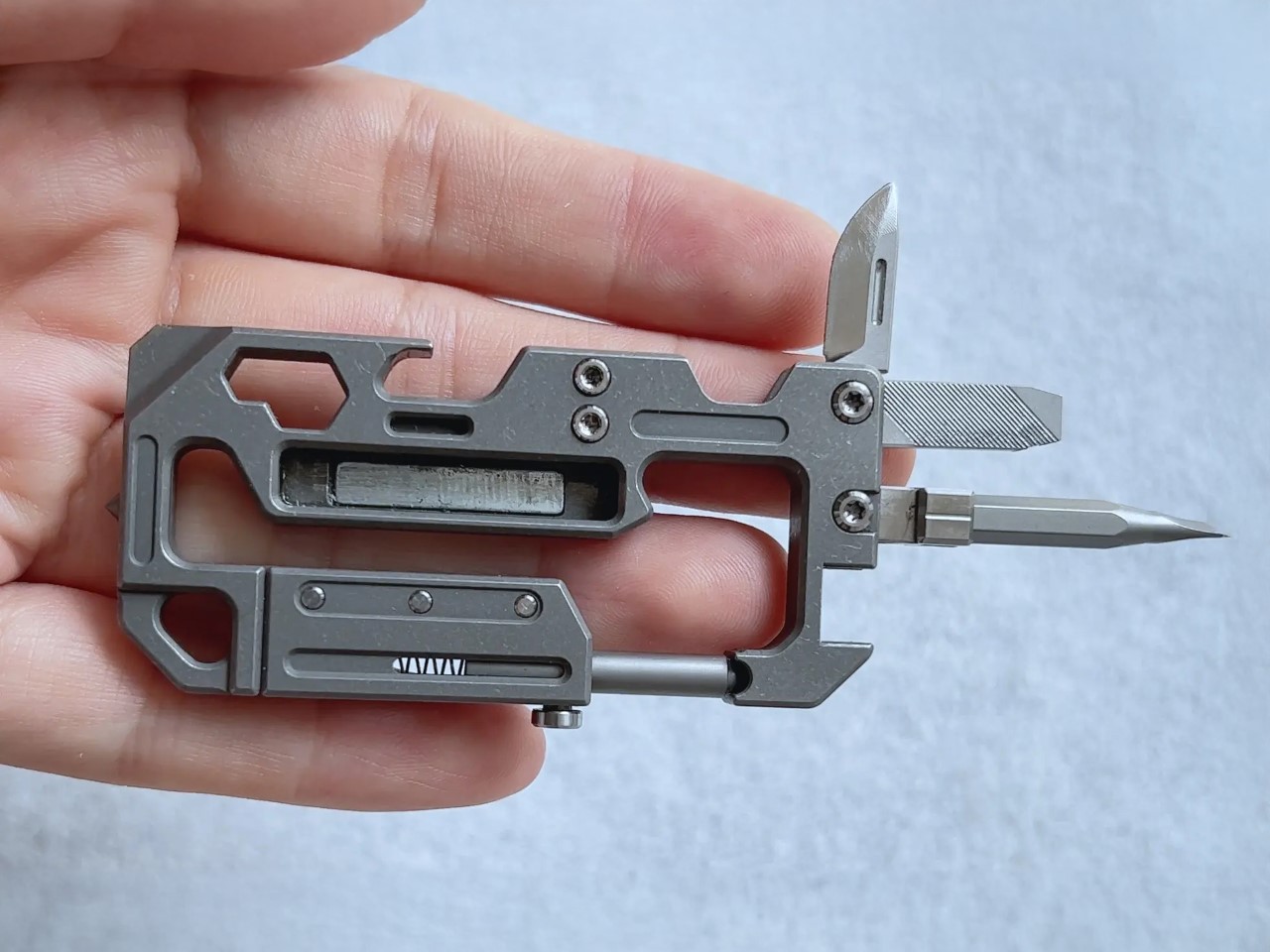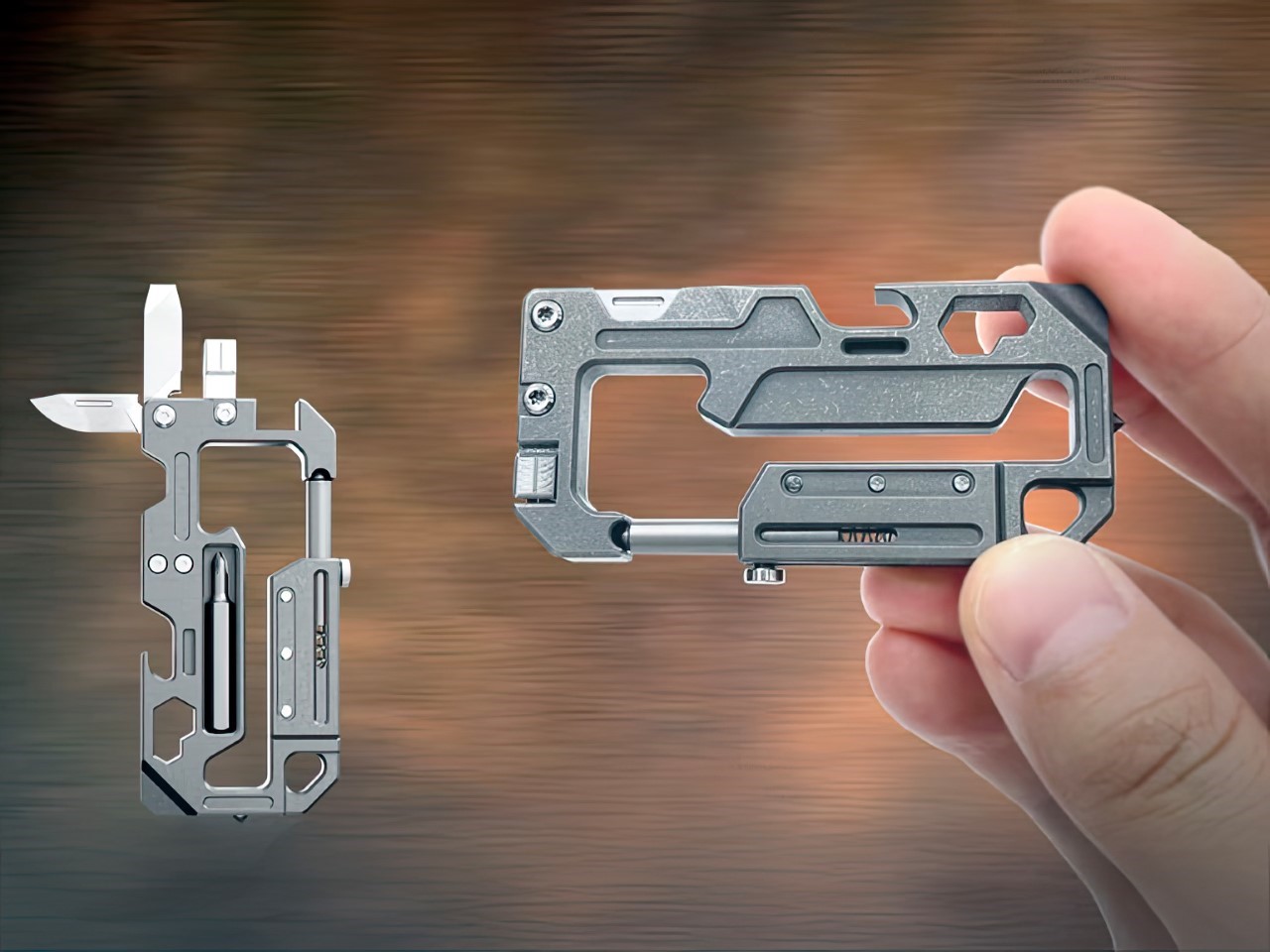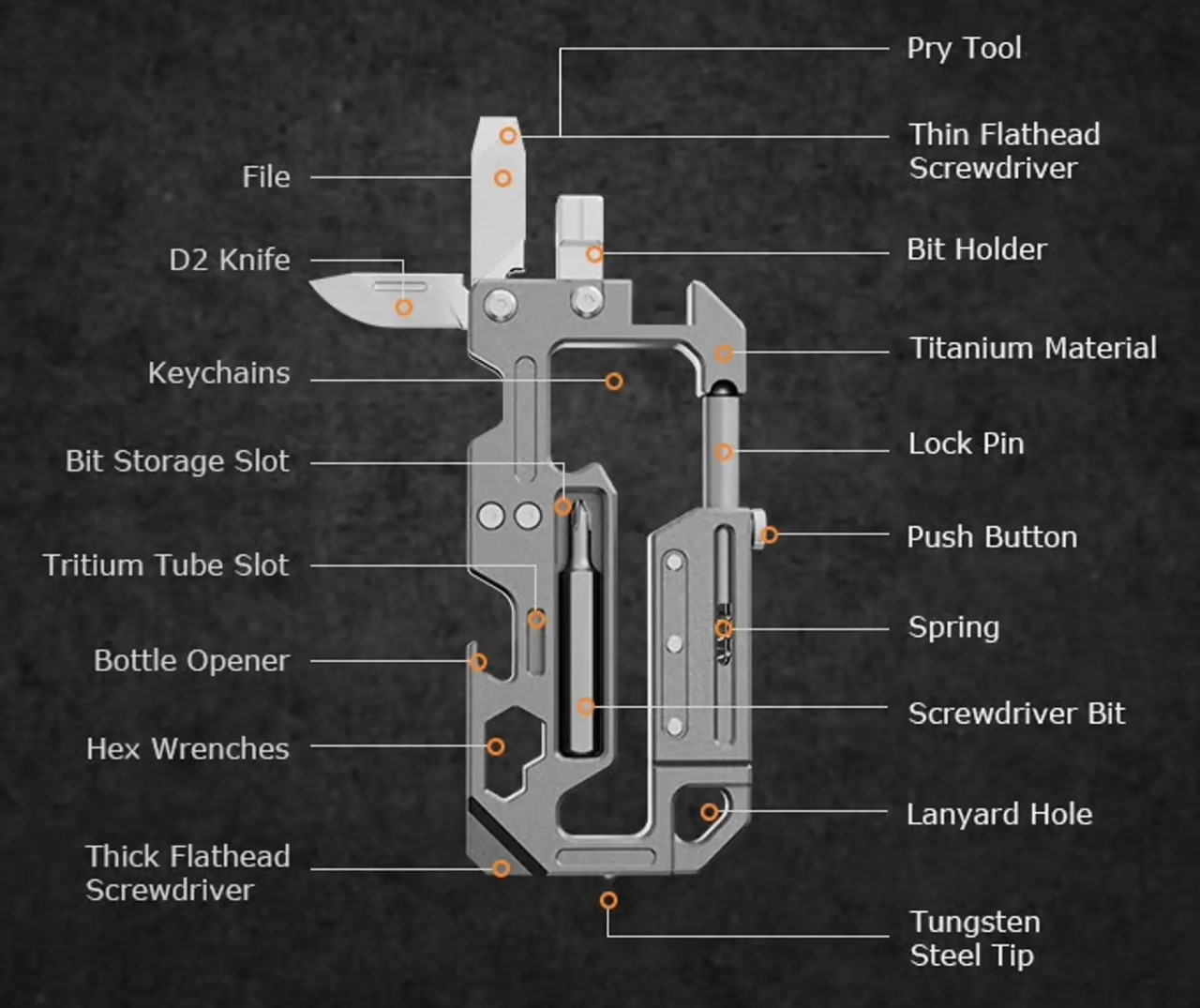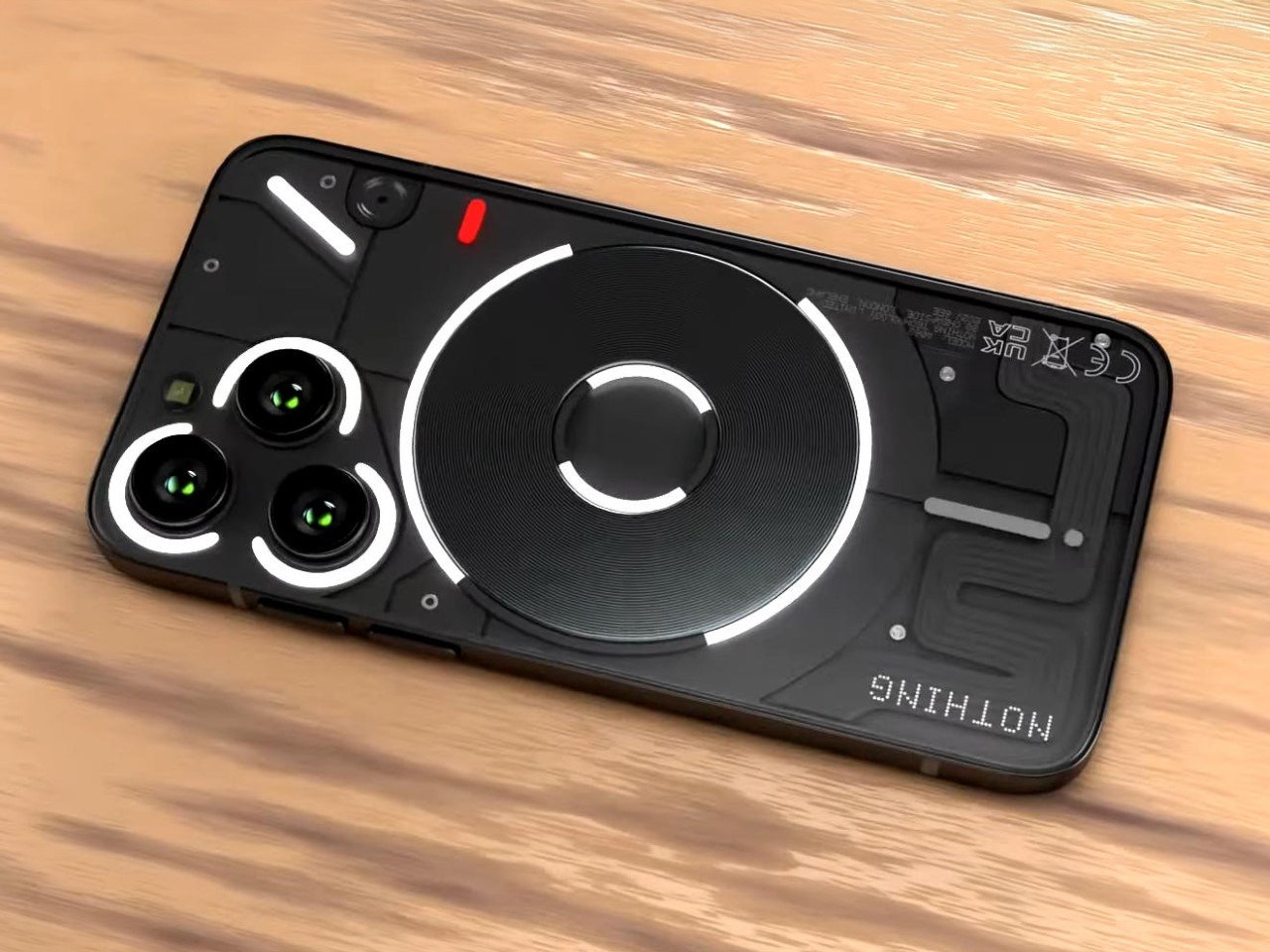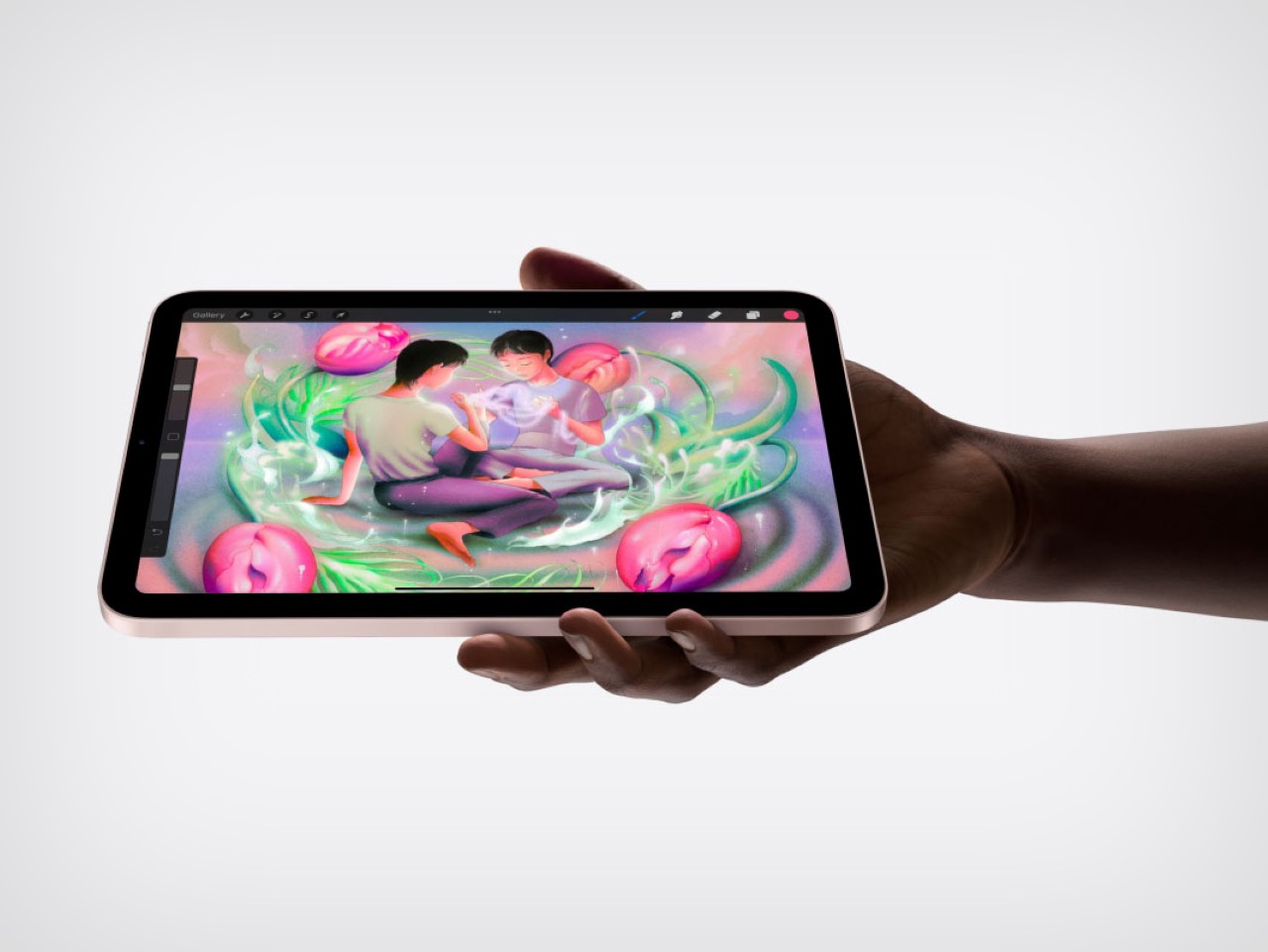We’ve seen carabiner clips with fold-out knives or screwdrivers before, but there’s something special about the Multi-Kit. Firstly, it isn’t a traditional carabiner, and secondly, it does a little more than integrate just a fold-out knife or screwdriver. In fact, it integrates a whopping 12 tools into its tiny form that’s roughly the size of an AirPods case. This Swiss Army Knife from an alternate reality has all the tools you need to disassemble stuff, repair objects, go camping, and even defend yourself in an emergency. Moreover, it’s made from Grade 5 Titanium, every EDC lover’s material of choice, making it not just incredibly robust and reliable, but also corrosion-proof and lightweight, at just 29.8 grams… that’s lighter than an AirPods case too!
Designer: EckDesign
Click Here to Buy Now: $64 $79 (19% off) Hurry, only 5 days left!
The overall silhouette of the Multi-Kit is defined by the fact that it’s a carabiner. It comes with a hollow cutout in the center, sporting different tools across its periphery. The fact that it’s a carabiner matters probably the most here, given the entire form follows function philosophy – but the Multi-Kit isn’t your average carabiner. Rather than having a flexible arm, it sports a bolt-style mechanism with a spring-loaded bolt that’s much more secure, eliminating any accidental opening. This allows you to affix the Multi-Kit to your backpack or belt loop, or even slide a couple of keyrings in for a more consolidated EDC experience.
Move past the carabiner and you get to the Multi-Kit’s ‘meat’, its array of tools carefully integrated into the design. First, you’ve got the fold-out tools like the tiny D2 knife and the file for sanding down objects, designed to fold away into the body of the Multi-Kit when not in use. The small blade is diminutive but deadly, sporting a drop-point edge that’s perfect for cutting, piercing, and even scraping. For abrasive work, the file works remarkably well, with its top functioning as a pry bar and flathead screwdriver too. However, if you want to work with Philips-heads or any other kinds of screws, the Multi-Kit houses a hex-bit in a slot in its body. Held in place via magnets, the bit docks in when not in use, and can be pulled out and fixed into the front, transforming the multitool into a proper flat-grip driver that’s easy to twist.
The rest of the Multi-Kit’s tools are cleverly integrated into its body design. You’ve got a thick flathead screwdriver for larger, more stubborn screws, two hex wrenches (in 4mm and 6mm standard sizes), as well as a bottle opener for cracking open a cold one while you sweat away working on your DIY project or fixing up some tech or appliance.
Hiding away in plain sight is the Multi-Kit’s final tool, a tungsten-tip glass breaker that shatters even reinforced glass with a single strike. Perfect for exiting a car in an emergency (or breaking through the glass box to access a fire extinguisher), the tungsten top sits quietly in the bottom of the multitool’s design, and can be used simply by striking the tip against any glass with adequate force. Its abrasive properties make it great for etching on glass too, or even using as a glass scorer/cutter although that’s an art you’ll need to master.
Finally, the multitool packs a lanyard hole for stringing a lanyard or paracord grip through (either for style or if you’d rather use the carabiner for holding items instead of being a clip accessory). The titanium body even has tritium slots machined into it, so you can pop tritium capsules into your EDC to make it visible in low-light settings.
Despite its tool-rich design, the Multi-Kit remains remarkably compact. It slips easily into your pocket or clips onto a bag with its built-in carabiner, which doubles as yet another tool, further emphasizing the space-saving nature of the design. A lot of this gets attributed to the use of Grade-5 titanium as a material, one of the strongest-known materials to mankind. This makes the Multi-Kit about as robust as it is compact, and although makers at Eck Design don’t specifically guarantee the Multi-Kit will last forever, they do allude to the fact that it’ll definitely be the one EDC that can take on any activity you throw at it and still survive long enough to become an heirloom.
Designed for versatility, this multitool is perfect for those who love to be prepared without carrying a full toolbox. Whether you’re an outdoors enthusiast, a DIYer, or just someone who likes to have a reliable tool on hand, the Multi-Kit’s 12 functions cover everything from slicing to tightening bolts to providing that all-important bottle opener. It’s the kind of tool that you’ll find yourself reaching for more than you’d expect—if only to appreciate how much they managed to fit into something so small.
Click Here to Buy Now: $64 $79 (19% off) Hurry, only 5 days left!
The post Ultra-compact Tactical Titanium EDC packs 12 Different Tools in the size of an AirPods Case first appeared on Yanko Design.
